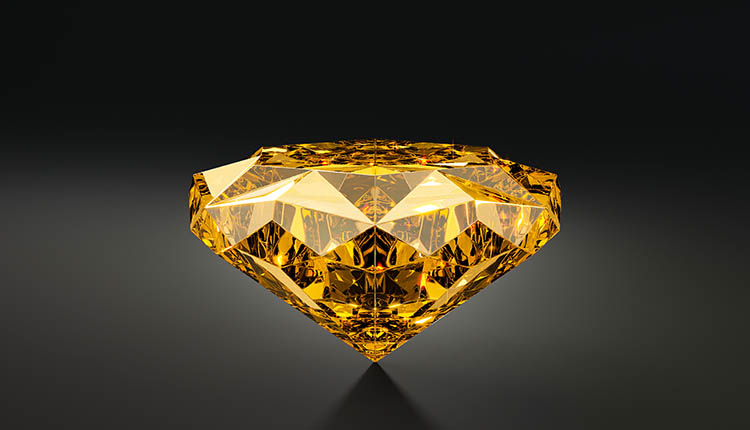1. Introduction
Diamonds have long been cherished for their beauty, durability, and symbolism. However, advancements in technology have introduced an alternative to naturally occurring diamonds: lab-created diamonds. In this article, we’ll delve into the dissimilarities between lab diamonds and natural diamonds, exploring their production, quality, environmental impact, pricing, and more.
2. What are Lab Diamonds?
Lab diamonds, also known as 랩다이아와 천연다이아의 차이, are produced in controlled environments that mimic the natural conditions under which diamonds form within the Earth’s crust. Despite their artificial origin, lab diamonds possess the same chemical and physical properties as natural diamonds.
3. How are Lab Diamonds Made?
Lab diamonds are created through two primary methods: High Pressure-High Temperature (HPHT) and Chemical Vapor Deposition (CVD). In the HPHT process, carbon is subjected to extreme pressure and temperature, causing it to crystallize into diamonds. CVD involves the deposition of carbon atoms onto a substrate, gradually forming a diamond crystal.
4. Quality of Lab Diamonds
The quality of lab diamonds is determined by the same factors as natural diamonds: the 4Cs – cut, color, clarity, and carat weight. Lab diamonds can exhibit exceptional quality, with some surpassing natural diamonds in terms of purity and brilliance.
5. Environmental Impact
One of the significant advantages of lab diamonds is their minimal environmental impact compared to traditional diamond mining. While natural diamond extraction involves significant land disturbance and resource consumption, lab diamonds require fewer resources and produce less waste.
6. Pricing
Lab diamonds typically cost less than natural diamonds of comparable quality. This affordability stems from their controlled production process, which eliminates the need for costly mining operations.
7. Physical Properties
Although chemically identical to natural diamonds, lab diamonds may exhibit subtle differences in physical properties due to variations in growth conditions. However, these variances are often imperceptible to the naked eye and do not detract from their beauty or durability.
8. Certification
Certification is essential for both lab and natural diamonds to provide assurance of their authenticity and quality. Reputable laboratories assess and grade diamonds based on standardized criteria, enabling consumers to make informed purchasing decisions.
9. Ethical Considerations
The ethical implications of diamond mining have led many consumers to seek alternatives such as lab-created diamonds. By opting for lab diamonds, man made diamonds, individuals can mitigate concerns related to human rights abuses, environmental damage, and conflict financing associated with some natural diamond sources.
10. Market Trends
In recent years, there has been a notable shift in consumer preferences towards lab diamonds. This trend is driven by factors such as ethical concerns, environmental consciousness, and the desire for value-conscious purchases.
11. Common Myths
Despite their increasing popularity, lab diamonds are often subject to misconceptions. Common myths include the belief that lab diamonds are inferior in quality or lack the same brilliance as natural diamonds. In reality, lab diamonds can be indistinguishable from their natural counterparts.
12. Longevity
Both lab and natural diamonds are incredibly durable and resistant to degradation over time. With proper care, they can retain their beauty and value for generations, making them enduring symbols of love and commitment.
13. Personal Preference
Ultimately, the choice between lab diamonds and natural diamonds comes down to personal preference. Some individuals may place greater importance on the origin and authenticity of their diamond, while others prioritize factors such as cost and environmental impact.
Conclusion
In conclusion, the differences between lab diamonds and natural diamonds are nuanced but significant. While both offer timeless beauty and exceptional quality, they vary in terms of origin, environmental impact, pricing, and consumer perception. By understanding these distinctions, consumers can make informed choices that align with their values and preferences.

